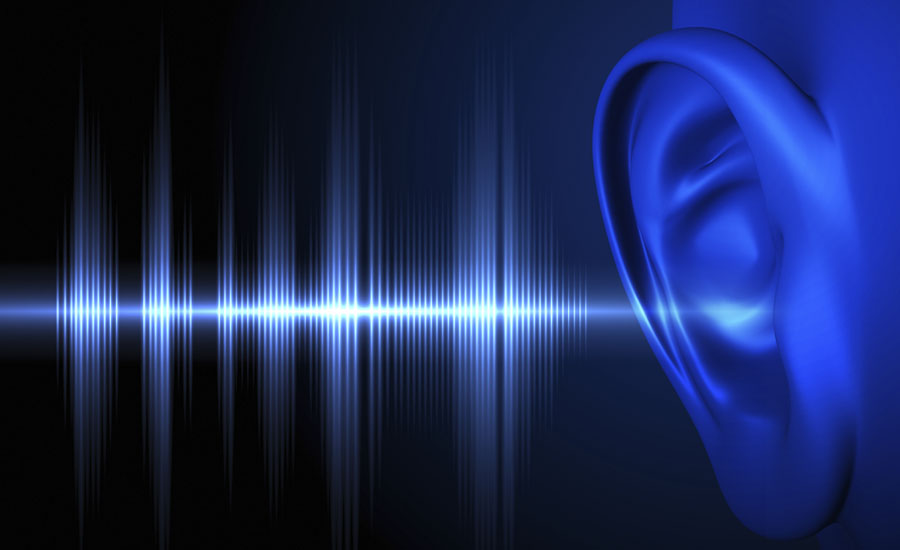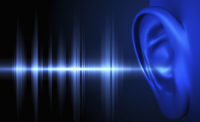A NIOSH Science Blog post
National Protect Your Hearing Month – Time to fill the “know-do” gap
A variety of NIOSH blogs spread the word about hearing loss prevention

By Christa L. Themann, MA, CCC-A
When it comes to health, a large gap often exists between what we know (for example, we know that eating too much sugar is bad for our health) and what we still do. Hearing loss prevention is no exception. We have been aware of the harmful effects of overexposure to noise for over a century. Governmental recommendations and regulations have been designed to protect against these effects for decades, and we have a large body of research pointing out effective ways to prevent noise damage, yet noise-induced hearing loss still ranks among the most common occupational illnesses in the US. One reason may be that hearing researchers and government bodies have not effectively communicated what we know to those in a position to put this knowledge into action. Over the past several years, National Institute for Occupational Safety and Health (NIOSH) researchers have focused on narrowing this “know-do” gap by trying to improve our communication and dissemination efforts with safety and health professionals and the public through available communication channels and social media.
One of the great tools that NIOSH has made available for scientists and researchers to communicate with our stakeholders is The NIOSH Science Blog which allowed us to tackle some interesting and fun subjects. Since its launch ten years ago, the hearing loss prevention team at NIOSH has published nearly thirty blogs on various noise and hearing loss prevention topics. We covered topics such as the risk faced by specific groups of workers, ways of measuring the societal burden of this condition, and specific strategies and tools to help avoid the effects from loud noise. As we wrap up National Protect Your Hearing Month, we will revisit some that illustrate the range of topics covered. We hope that you will find at least one tip in these blogs that will help you close the “know-do” gap in hearing health. If you have an idea to share, please comment below so others also can give it a try!
So How Accurate Are These Smartphone Sound Measurement Apps? (2014)
This has been the most successful NIOSH blog ever, with over 254,000 views and 166 comments. These days, it seems that almost everyone has a smartphone, and there is a smartphone app for almost everything – including noise measurement! At our last count, well over 200 sound measurement apps are available. To help everyone understand their usefulness, NIOSH conducted a study to examine the accuracy of some of them — we wanted to know whether they could be used to reliably measure noise levels in the workplace. Only a few apps met our test criteria, especially if used in conjunction with a calibrated external microphone. As a result of that study, we noticed that most apps did not provide noise measurement metrics commonly used in occupational noise monitoring. So we decided to develop and make available our own NIOSH SLM app. The app has been the most successful NIOSH mobile application launch, with over 92,000 downloads since its release less than 9 months ago. We’ve written a blog on the app as well. Check it out here – New NIOSH Sound Level Meter App (2017).
Measuring the Impact of Hearing Loss on Quality of Life (2016)
Hearing loss can have a profound impact on quality of life. Hearing loss makes it difficult to understand what others are saying, especially in group situations or when there is background noise. As your hearing loss progresses, certain speech sounds become harder and harder to hear, and you find yourself needing to ask others to repeat themselves, which quickly becomes frustrating for everyone. Social gatherings, meetings, restaurants, theaters, and even church can become isolating activities because of the trouble understanding what people are saying and the inability to contribute to the conversation. Depression, anxiety, and social withdrawal can result, impacting an individual’s quality of life. One way to measure this impact is to calculate disability-adjusted life years (DALYs), which estimate years of good health lost due to a disability. NIOSH has found that 2.5 healthy years are lost each year for every 1,000 noise-exposed U.S. workers because of hearing impairment. Nearly every occupational hearing loss is preventable; hopefully, closing the “know-do” gap will reduce the number of DALYs suffered by US workers.
Vuvuzelas: What’s the Buzz? (2010)
Remember the 2010 World Cup in South Africa? Vuvuzelas (a type of plastic horn) took center stage at the competition with their energetic sound, but raised concerns because of the potential for very high sound levels. Just how loud were they?
Click here to read the rest of the blog post on the NIOSH website.
Looking for a reprint of this article?
From high-res PDFs to custom plaques, order your copy today!







